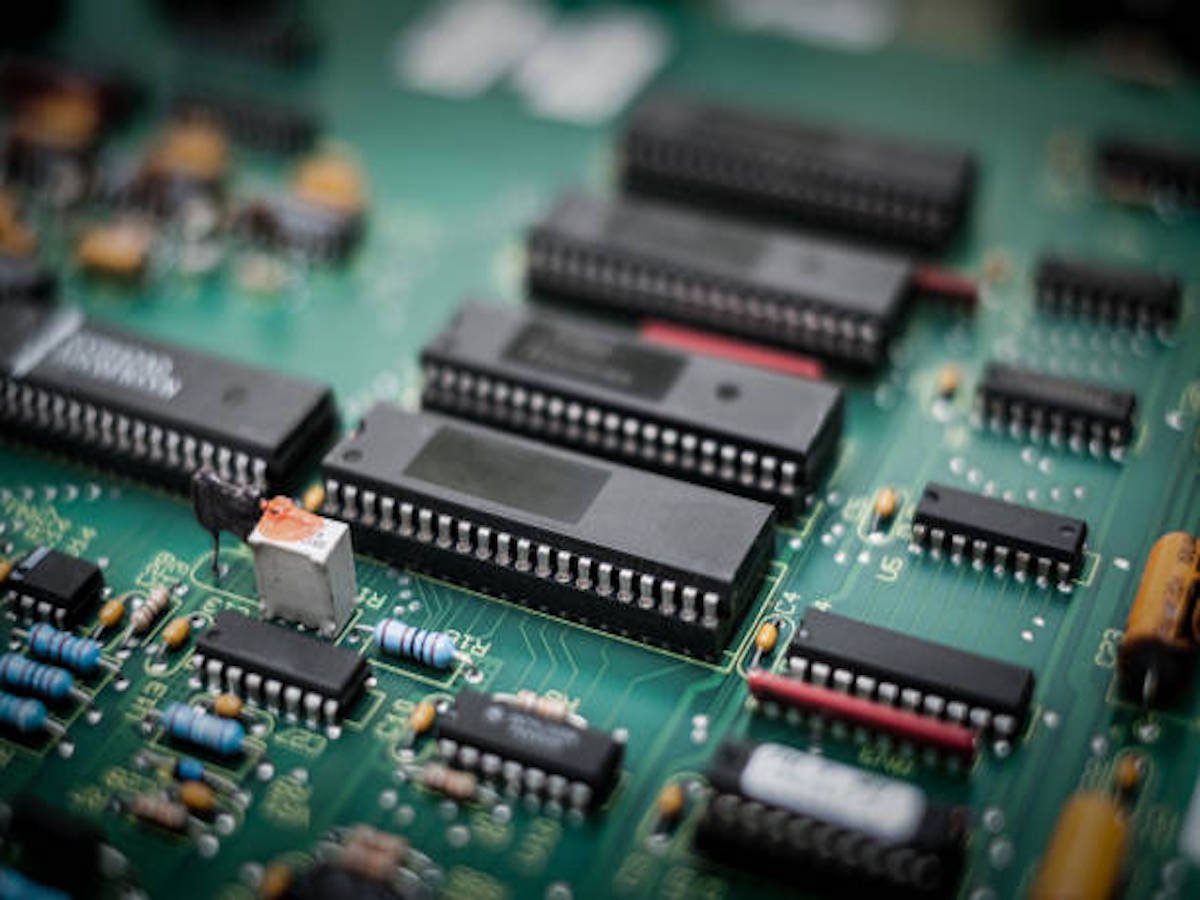The Dos and Don'ts of Using Terminal Connectors in Your Electrical System
Terminal connectors play a vital role in ensuring the safe and efficient operation of electrical systems. Whether you are working on a residential or commercial project, it is important to understand the dos and don'ts of using terminal connectors. In this article, we will explore the key aspects of using terminal connectors and provide you with valuable information to help you make informed decisions for your electrical system.
1. Understanding Terminal Connectors
Terminal connectors, also known as wire connectors or wire terminals, are devices used to connect wires together securely. They come in various shapes, sizes, and materials to accommodate different electrical applications. Terminal connectors are typically made of copper, aluminum, or brass, which are known for their excellent conductivity and durability.
2. Do Choose the Right Type of Terminal Connector
When selecting terminal connectors for your electrical system, it is crucial to choose the right type for the job. There are several types of terminal connectors available, including butt connectors, ring terminals, spade terminals, and more. Each type serves a specific purpose, so it is important to understand the requirements of your project and choose accordingly.
3. Don't Overload the Terminal Connector
One common mistake when using terminal connectors is overloading them with too many wires. Each terminal connector has a maximum capacity that should not be exceeded. Overloading can lead to overheating, voltage drops, and potential electrical hazards. Always check the manufacturer's guidelines and ensure that you are within the recommended wire capacity for each connector.
4. Do Strip Wires Properly
Before connecting wires using terminal connectors, it is essential to strip the insulation properly. Improperly stripped wires can result in poor connections, increasing the risk of electrical failures or even fires. Use a wire stripper or a utility knife to remove the appropriate amount of insulation, leaving enough exposed wire to make a secure connection.
5. Don't Mix Different Wire Sizes
Using terminal connectors to connect wires of different sizes is not recommended. Mixing wire sizes can lead to loose connections, which can cause overheating and potential damage to the electrical system. It is best to use terminal connectors that are designed for the specific wire size you are working with.
6. Do Use Insulated Terminal Connectors
Insulated terminal connectors provide an extra layer of protection and help prevent accidental contact with live wires. They are especially important in areas where there is a risk of moisture, vibrations, or exposure to other elements. Always choose insulated terminal connectors when working in potentially hazardous environments.
7. Don't Ignore Proper Crimping Techniques
Proper crimping techniques are essential for creating secure and reliable connections. Using the wrong crimping tool or applying insufficient force can result in loose connections, which can lead to electrical failures or even fires. Follow the manufacturer's recommendations and invest in a high-quality crimping tool to ensure accurate and consistent crimps.
8. Do Perform Regular Inspections
To maintain the safety and efficiency of your electrical system, it is important to perform regular inspections of the terminal connectors. Look for signs of corrosion, loose connections, or any other abnormalities that may indicate a problem. Regular inspections can help identify potential issues before they escalate into major electrical failures.
9. Don't Overlook Proper Wire Routing
Proper wire routing is crucial for maintaining the integrity of the electrical system. Avoid sharp bends, excessive tension, or placing wires near heat sources. These factors can put unnecessary strain on the terminal connectors and increase the risk of damage or failure. Take the time to plan and route your wires properly to ensure optimal performance.
10. Do Seek Professional Assistance when Needed
Electrical systems can be complex, and if you are unsure about any aspect of using terminal connectors, it is always best to seek professional assistance. Electricians and electrical engineers have the expertise and knowledge to guide you through the process and ensure the safety and functionality of your electrical system.

